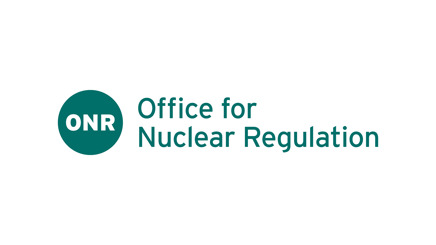Part 3 of The Energy Act 2013 gives us our transport purpose
Our regulatory responsibilities
There are nine classes of dangerous goods – radioactive material is Class 7. Transport of dangerous goods by road, rail and inland waterway in Great Britain must be in accordance with The Carriage of Dangerous Goods and Use of Transportable Pressure Equipment Regulations 2009.
In relation to the civil carriage of Class 7 goods, the regulations are treated as nuclear regulations under The Energy Act 2013.
These regulations transpose into UK law the international standards:
- Agreement concerning the International Carriage of Dangerous Goods by Road (ADR)
- Regulations concerning the International Carriage of Dangerous Goods by Rail (RID)
- European Agreement concerning the International Carriage of Dangerous Goods by Inland Waterway (ADN) relating to the training and examination system for safety advisers and the issuing and renewal of vocational training certificates (CDG09 Regulation 4(2) refers)
We are the GB Competent Authority (CA) and Enforcing Authority (EA) for the civil carriage of Class 7 goods in Great Britain by road, rail and inland waterway. These statutory duties are given to us in law through CDG09 (Regulation 25) and The Energy Act 2013 (Section 67 and 82).
The Ionising Radiations Regulations 2017
Transport of radioactive material by road, rail and inland waterway in Great Britain must be in accordance with The Ionising Radiations Regulations 2017 (IRR17) which is relevant statutory provision of the Health and Safety at Work etc. Act 1974 (HSWA74).
As per the Health and Safety (Enforcing Authority) Regulations 1998 and the Health & Safety (Enforcing Authority for Railways and Other Guided Transport Systems) Regulations 2006, the requirements of the IRR17 in relation to the civil transport of radioactive material by road, rail and inland waterway are enforced by the ONR.
Depending upon the amount of radioactive material transported, dutyholders will need to make a notification, apply for registration or seek consent as transport is specifically defined as a practice in IRR17 for this purpose. In this regard transport begins with loading onto a conveyance and ends with unloading from the conveyance.
More details on making notifications and applying for registration and consent:
- Ionising Radiations Regulations 2017 - 'Graded Approach'
- Working with ionising radiation: notify, register or get consent
The Radiation (Emergency Preparedness and Public Information) Regulations 2019
The Radiation (Emergency Preparedness and Public Information) Regulations 2019 (REPPIR19) are relevant statutory provision of HSWA74. These regulations do not apply to transport of radioactive material in Great Britain as emergency preparedness and response is covered by CDG09, but REPPIR19 applies to operators of transit sheds, depots, warehouses or other premises where non-exempt quantities of radioactive materials are stored whilst in-transit. ONR and HSE have signed an Agency Agreement (AA) in relation to REPPIR19 and transit premise used for the civil transport of radioactive material by road and rail. This means responsibility for regulating and enforcing in this area has now passed from HSE to ONR.
See REPPIR19 and Transit Premises or emergency arrangements for more details.
Nuclear Industries Security Regulations 2003
We also regulate the security of civil nuclear materials which is being (or is expected to be):
- transported within the United Kingdom or its territorial sea,
- transported (outside the United Kingdom and its territorial sea) to or from any civil nuclear premises in the United Kingdom, or
- carried on board a United Kingdom ship
We do this in accordance with the Nuclear Industries Security Regulations 2003.
Is this page useful?
Thank you for your feedback.
Thank you for your feedback. To help us improve our website we’d like to know more about your visit today. Please provide more details via our website feedback form.
Thank you for providing your feedback.
